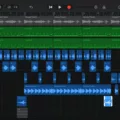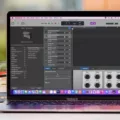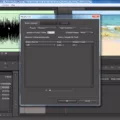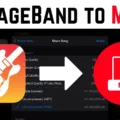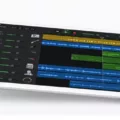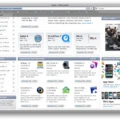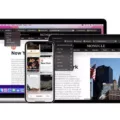GarageBand is an incredibly powerful and popular music production software developed by Apple. It’s available for both Mac and iOS devices, and it allows users to create, mix, record, and share their own music with ease. The software is a great choice for those just starting out in the world of music production.
One of the great features that GarageBand offers is the ability to save your creations as MP3s. This allows you to easily share your tracks with friends and family, or even upload them to streaming services like Spotify or Apple Music. Saving your GarageBand projects as MP3s also ensures that you have a backup of your work in case something happens to the original file.
So how do you save your GarageBand creation as an MP3? It’s atually quite simple! Here are the steps:
1. Open your project in GarageBand
2. Select “Share” from the top menu bar
3. Select “Export Song to Disk”
4. Select “MP3 Encoder” from the list of encoders
5. Name your file and select whre you want it saved
6. Click “Export”
7. You will receive a notification when the export is complete
8. Your MP3 is now ready for sharing!
That’s all there is to it! Exporting Garageband projects as MP3s is a great way to share your music with others while ensuring that you have a backup of all your hard work saved on your computer or device. So go ahead and get creative with GarageBand – who knows what amazing music you can create!
Converting GarageBand Files to MP3
In order to convert a GarageBand file to MP3, you’ll need to first open your file in GarageBand. From there, click on the ‘Share’ tab from the Menu bar and select ‘Export Song to Disk’ from the dropdown menu. Once you’ve done this, you’ll be prompted to choose an export format – select MP3 here. You will then be able to choose an audio quality setting; once you’ve made your selection, click on ‘Export’. After a few moments, your GarageBand file will have been successfully converted into an MP3 file.
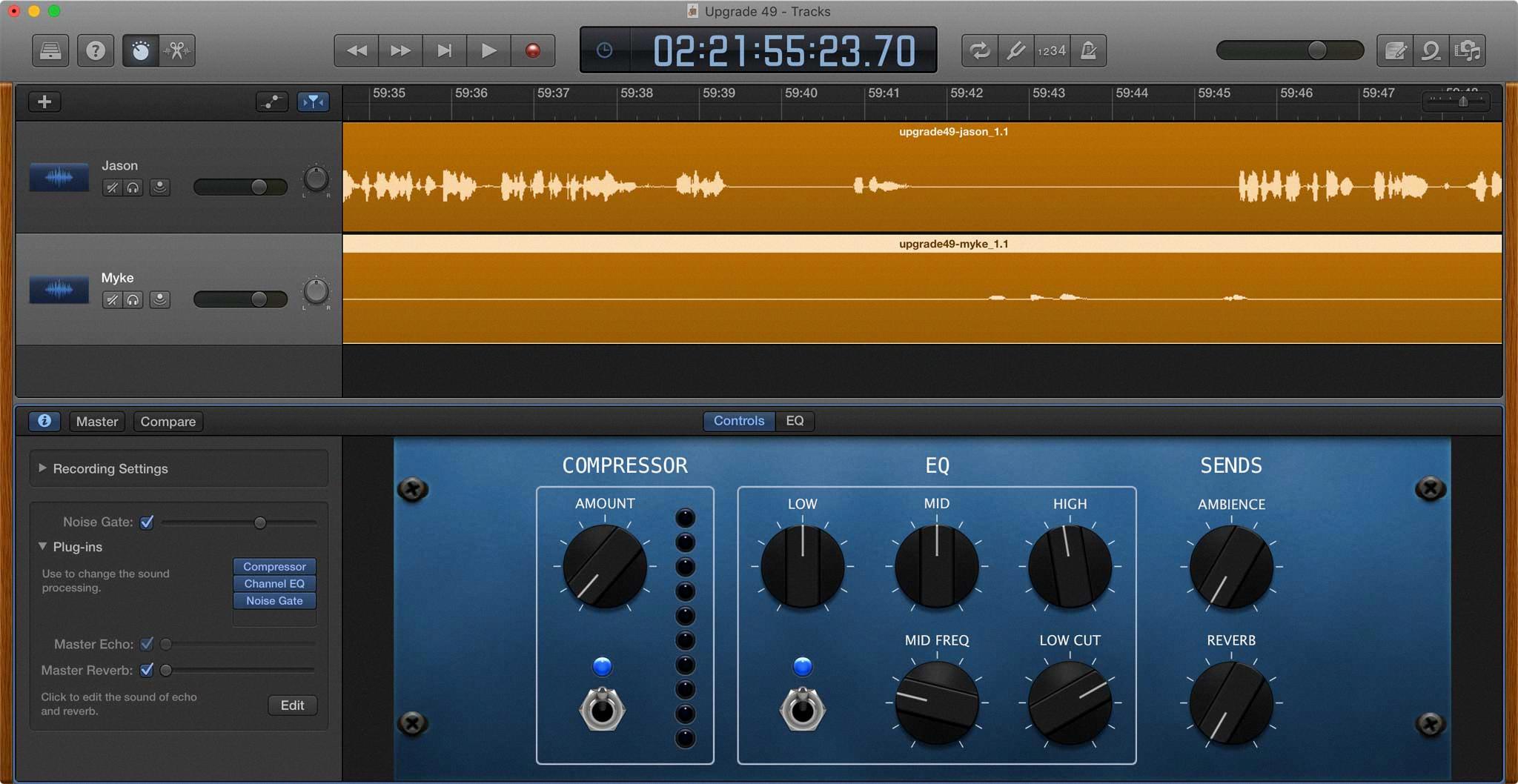
Source: sixcolors.com
Exporting From GarageBand
To export your project from GarageBand, first click the Share menu and select Export Song to Disk. You will then be asked to choose your desired file format. AAC and MP3 are compressed formats that create smaller files, while AIFF (Mac compatible) and WAVE (Mac & Windows compatible) are both uncompressed formats that generate higher-quality files. Once you have chosen a file format, you can save your project to a flash drive or cloud-based storage platform.
Saving GarageBand as MP3 on iPhone
Saving a GarageBand project as an MP3 on iPhone is a simple process. First, open the project you would like to save and tap the “Share” button at the top of the screen. From there, select “Export Song to Disk” and then choose MP3 as your export format. You will be asked to enter a song name and save location – make sure these are correct before you continue. Lastly, select the audio quality you want for your MP3 file and tap “Export.” Your GarageBand project will now be saved as an MP3 on your iPhone!
Is GarageBand Compatible with MP3 Files?
No, GarageBand is not mp3. It is a digital audio workstation and music sequencer developed by Apple. It offers a wide range of features, including the ability to record and edit audio, arrange loops, mix multiple tracks together, and export your project as an MP3, AAC, AIFF or WAV file. GarageBand can also be used to create Apple Loops whih are compatible with Logic Pro X, Final Cut Pro X, and MainStage 3.
Where Does GarageBand Save Audio Files?
GarageBand is a powerful music production and editing application for Macs that can be used to record, mix and edit audio. It does not atually store audio files, which are the files that are always blue in the workspace, anywhere other than inside GarageBand’s own personal files. However, when you export an audio project from GarageBand, it will save the audio file to your hard drive as a .aif or .m4a file. You can also choose to save any recordings you make in GarageBand directly to your computer’s hard drive as an .aif or .m4a file. Thus, the actual location of your audio files will depend on where you have chosen to save them on your hard drive.
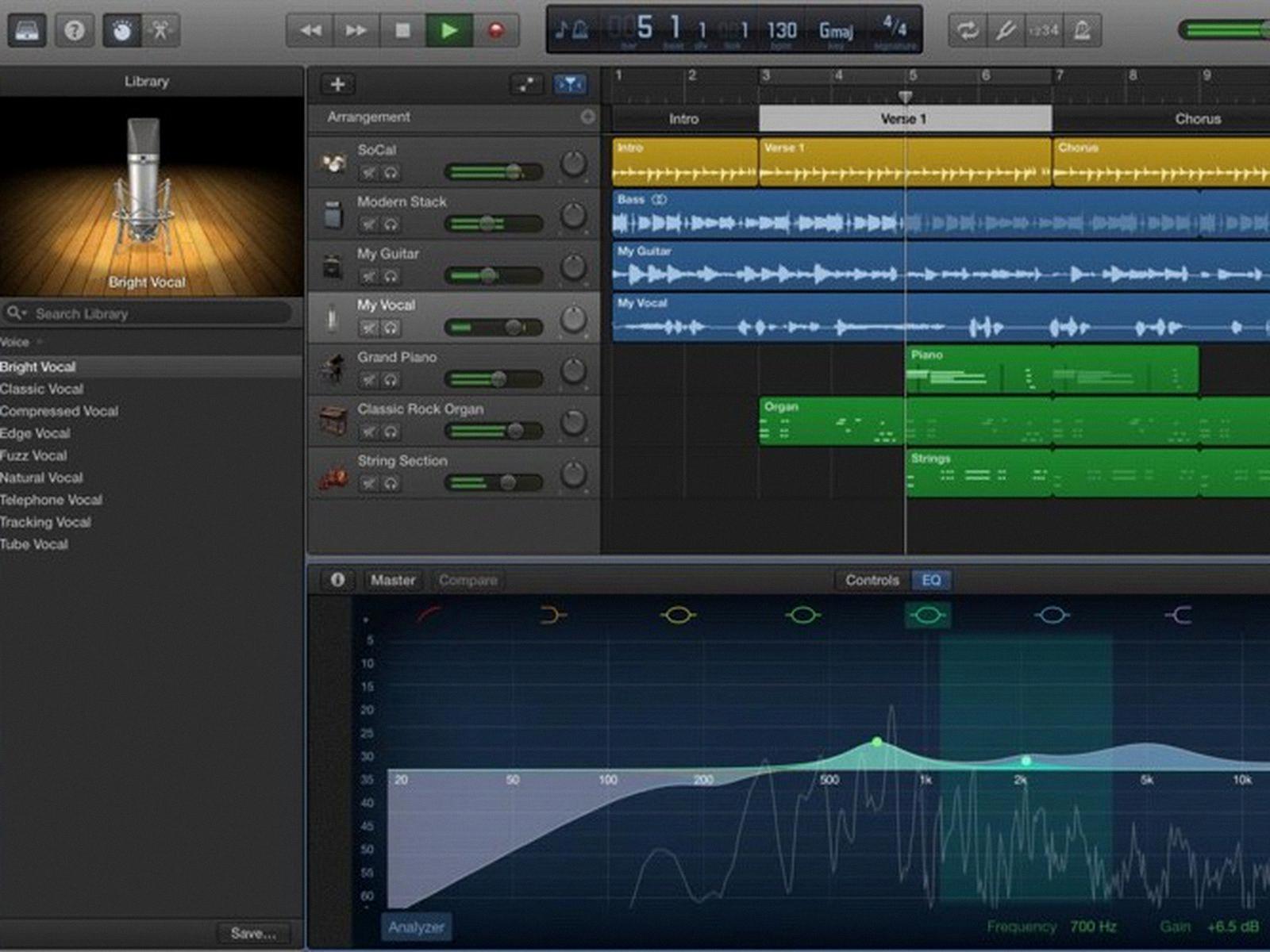
Source: macrumors.com
Saving a GarageBand File on a Mac
To save a GarageBand file on a Mac, open the project and choose File > Save As from the menu. In the Save As dialog, enter a new name for the project, then click Save. This will save your project as a GarageBand file with the name you have chosen. If you want to save it as a different type of file (e.g. an MP3 or WAV file), you can use the Export Song to Disk option in the Share menu in GarageBand.
What File Type Does GarageBand Use?
GarageBand uses the Advanced Audio Coding (AAC) file type. AAC is a lossy data compression technology developed by Apple and used in many of its products. AAC files are much smaller than standard WAV audio files, allowing them to be easily stored and transferred on devices such as iPhones, iPods, and iPads. AAC provdes high-quality audio with low storage requirements, making it an ideal format for GarageBand projects.
Saving GarageBand Songs to Apple Music
To save GarageBand songs to Apple Music, you’ll need to frst upload them to iCloud. To do this, make sure iCloud is enabled for GarageBand on your iOS device. Open the app and navigate to the My Songs section of the Control Bar. Select the songs you’d like to upload and then tap ‘Upload Songs to iCloud’ from the Control Bar menu. Once the songs have been uploaded, open iTunes on your computer and select File > Home Sharing > Choose Photos to Share with Apple Music. Select the GarageBand songs that you’d like to save, then click ‘Done.’ The songs will now be saved in Apple Music and can be accessed from any of your devices.
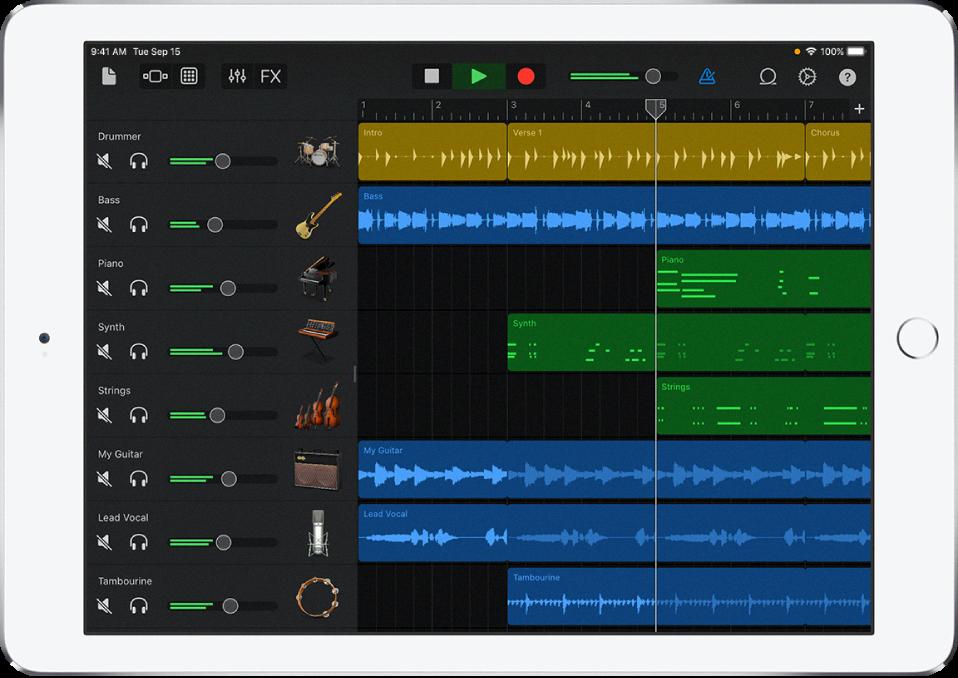
Source: support.apple.com
Exporting from GarageBand on iPad
To export a song from GarageBand on iPad, open the My Songs browser and tap the Select button. Tap the song you want to export and then tap Share. From there, you can choose how to share your song, such as via email, AirDrop, or ringtone. To export as a ringtone, tap Ringtone and then rename it if desired. Finally, tap Export to save your ringtone.
Saving a Podcast as an MP3
To save a podcast as an mp3, you’ll need to use audio file conversion software. To do this, frst open the audio file you’d like to convert in the software. Once the file is open, you can hold Ctrl (Windows) or ? Cmd (Mac) while clicking to select multiple files at once. Then open the “File” menu and select “Convert”. This will bring up another submenu with conversion options. Select “Create mp3 Version”, and then choose a destination folder for your new mp3 file. Finally, click “Save” and the podcast should be converted into an mp3 file and saved in your chosen destination folder.
Troubleshooting Issues with Importing MP3 Files into GarageBand
MP3s will not go into GarageBand because GarageBand only accepts certain standardized audio files. These include AIFF, CAF, WAV, AAC, Apple Lossless and MP3 files that haven’t been downloaded from youtube to mp3 converters. If the file is in a different format or has been converted from a youtube downloader, you may need to right-click to rename the file extension from .mp3 to .wav in order for it to work correctly in GarageBand.
Converting GarageBand Files to MP3 on Mac
To convert a GarageBand project to an MP3 file on Mac, first open the project in GarageBand. Choose Share > Export Song to Disk. In the Save As field, enter a new name for the exported file and choose a location to save it. From the Where pop-up menu, select MP3 (or MPEG-3) as the format for the exported file. Click Save and your project will be converted to an MP3 file.
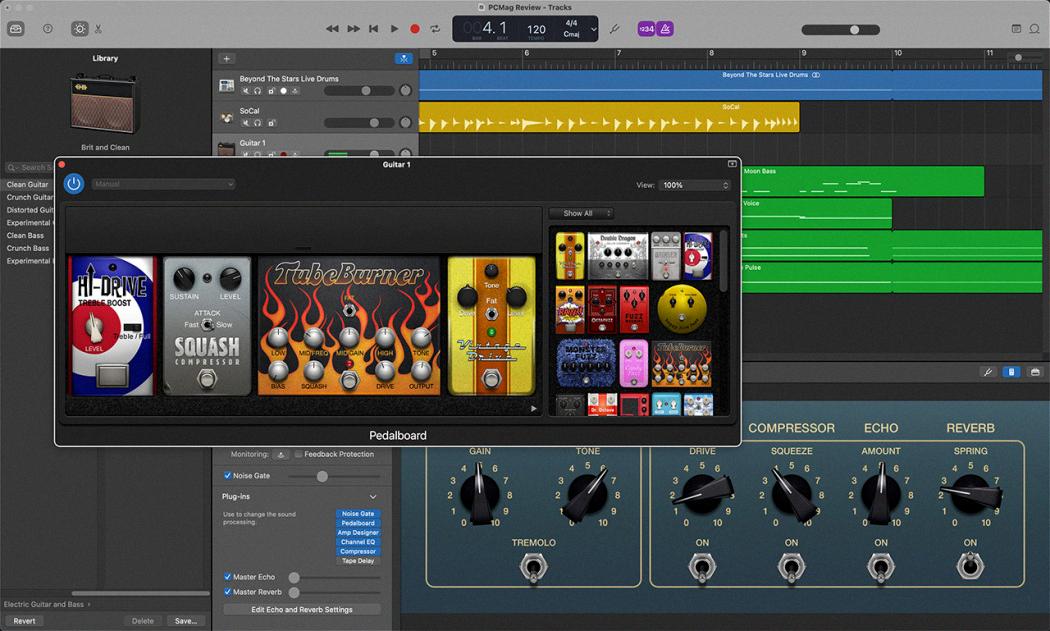
Source: pcmag.com
Transferring GarageBand Files to a Computer
To transfer a GarageBand file to your computer, first open the project you want to save. Go to the File menu and click on “Save As”. Give your project a title at the top of the save window. On the left-hand side, select Desktop in order to save your project to the computer’s Desktop. In the bottom-left corner, uncheck the Hide Extension box, so you can identify your file as a .band file. Finally, click Save and your GarageBand file will be transferred to your computer.
What is the Optimal MP3 Format?
The best MP3 format depends on what you’re loking for. If you want the highest possible audio quality, then a 320 kbps 16 bit MP3 is the best option. This format offers the highest level of audio fidelity, meaning that it preserves as much of the original recording as possible. If you are looking for smaller file sizes to save hard drive space or reduce download times, then a lower bitrate like 192 kbps or even 128 kbps might be more suitable. Keep in mind that lower bitrates will result in lower audio quality and more audible compression artifacts. Ultimately, it all depends on your personal preference and what you need out of the MP3 file.
Conclusion
Garageband is a powerful and versatile digital audio workstation created by Apple Inc. It is used to create music, podcasts, and other audio projects. It has a wide range of features including recording, editing, mixing and mastering tools as well as built-in loops and instruments. Garageband is intuitive to use with its drag-and-drop interface allowing users to easily make changes and add effects to their audio recordings. The application also offers powerful integration with other Apple products such as Logic Pro X and Final Cut Pro X. Whether you’re an experienced musician or just starting out, Garageband offers the tools needed to create professional sounding music in no time at all.

